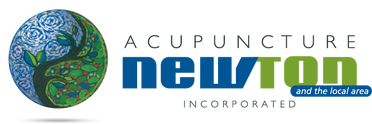Located at Nickell Chiropractic Clinic
359 N. Old US Highway 81
Hesston, KS 67062
316-587-5335 | [email protected]
All rights are reserved by Acupuncture Newton, Inc. 2015
359 N. Old US Highway 81
Hesston, KS 67062
316-587-5335 | [email protected]
All rights are reserved by Acupuncture Newton, Inc. 2015



